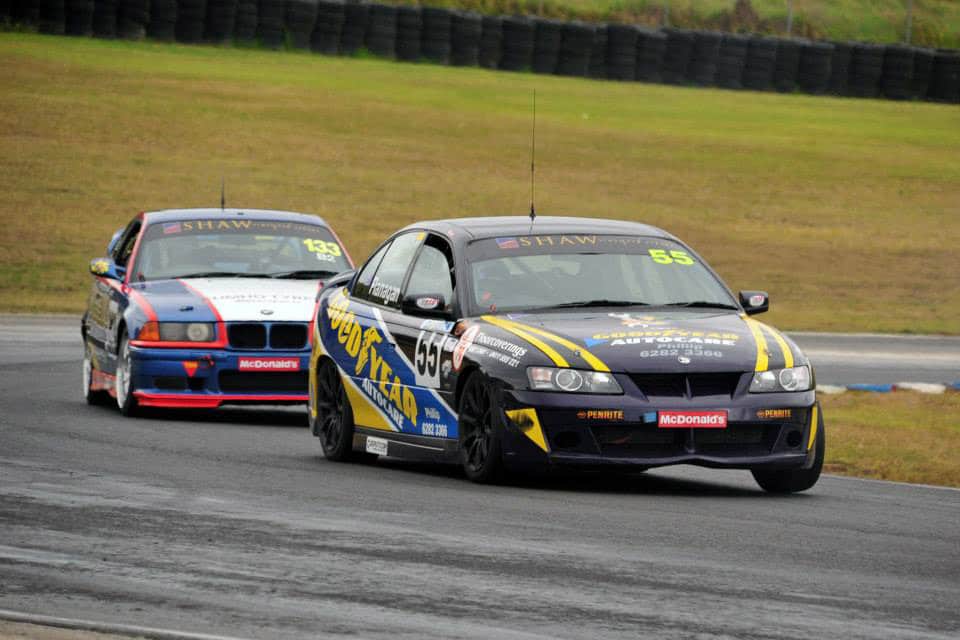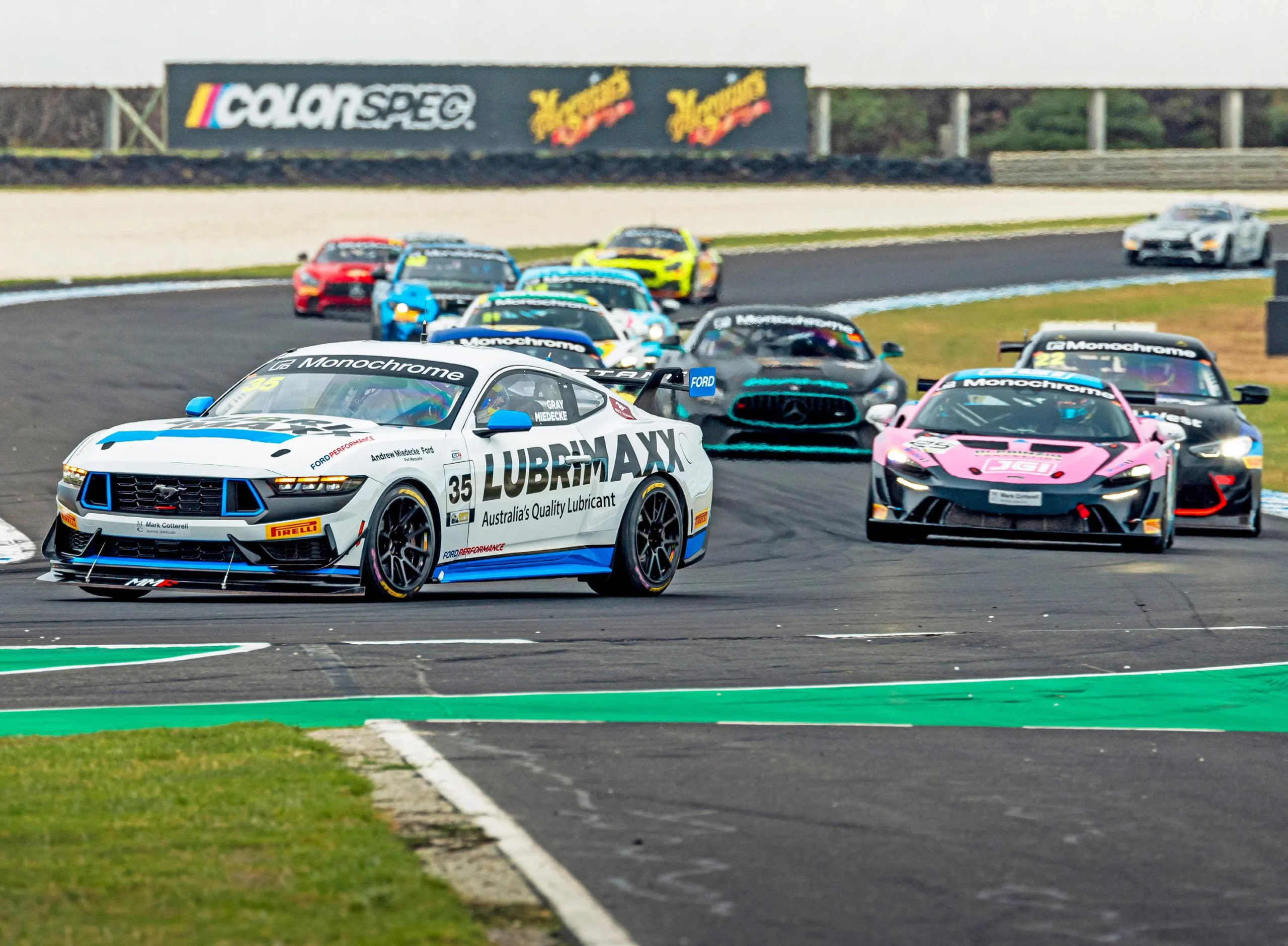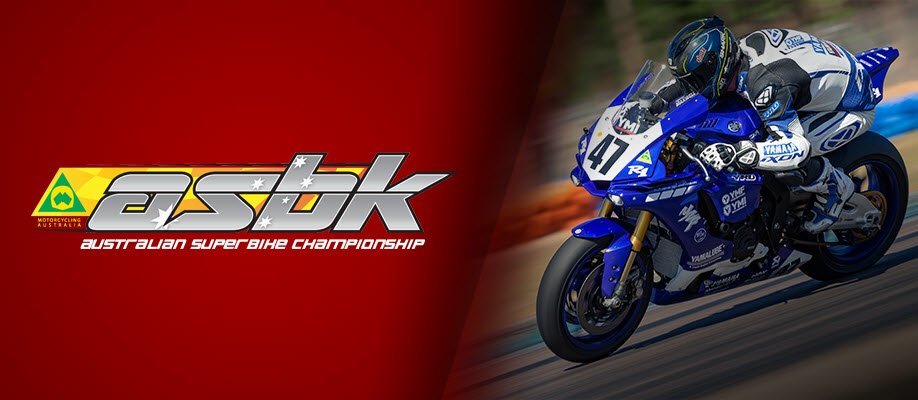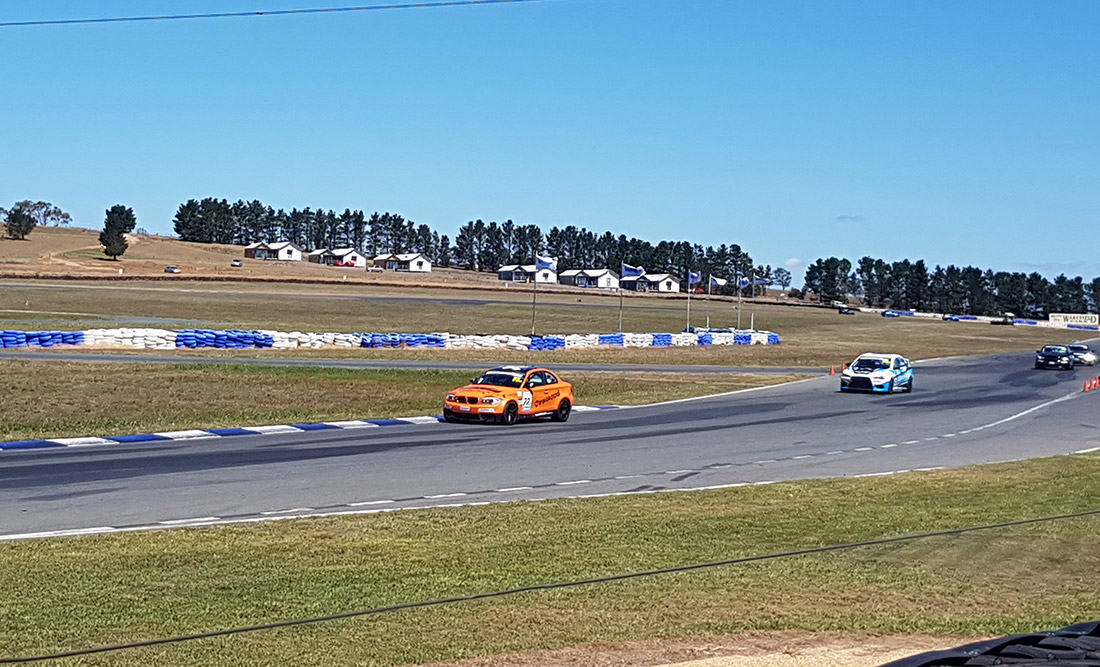Since 2008, the Wakefield 300 has become firmly entrenched as one of the most popular club level endurance races in the country, and next year, it will return to its traditional late-February date as part of a triple-round championship that promises to return the level of excitement and anticipation to that seen in 2014 and ’15, when the event attracted enough entries to necessitate two separate races.
In both those years, the Wakefield 300 was the opening round of the Australian Endurance Championship, a series that also included 300-kilometre races at Queensland Raceway and Winton.

The 2020 season will once again feature a trio of endurance races; the Wakefield 300 will be joined by the Sydney 300 in May, while the Winton 300 returns to its traditional November date after a two-year hiatus.
The series will be known as the “Australian 1000,” with each round to include some sprint racing to take the distance up to a perfect 1000 kilometres.
While there have been tweaks and refinements to the rules over the years, the formula for the 300s will stay true to the fundamental philosophy that has worked so well since 2008. Specifically, the field will be open to production-based vehicles, there will be timed compulsory pit stops for refuelling (avoiding the need for expensive dry-break fuel systems), and the cars will be grouped into divisions based on their lap times, allowing a diverse array of vehicles to compete on a level playing field.

Over the years, the Wakefield 300 has made heroes of ordinary, club-level racers. Drivers like Nathan Jess, David Raddatz, Shane Otten and Stephen Anslow all made names for themselves in the 300s during the late part of last decade and early part of this decade, while in more recent times it’s been father-and-son combinations who have proven successful: Steve and Jake Shelley, Adam and Craig Burgess, Trevan and John Spiteri and Urs and Tom Muller.
There have been those drivers who have had rapid qualifying performances, but been out of luck in the races (such as Nick Cancian), and others who have been content to avoid grabbing the headlines on Saturday but saved their best performances for Sunday – Daniel Kapetanovic is one driver who falls into the latter category.

There have also been drivers who have been desperately unlucky to miss out on podium results. Michael Hall has made something of a habit out of finishing in fourth position, while Daniel Flanagan – who holds the honour of being the most-capped driver in the race having started every event since 2008 – has been let down by mechanical problems on more occasions than he would care to remember.

The Wakefield 300 is that kind of event. For those who win, the feeling is so addictive that they have to come back and experience it again. And for those who lose, the determination to do better next time is the thing that makes them keep coming back, year after year.
So what can we expect for the 2020 Wakefield 300? Well, we’ll have a better idea once entries open early in the New Year, but early reports are suggesting we’ll be seeing a lot of familiar names returning to the field, including a number of former winners. In any case, the halcyon days of the Wakefield 300 look like they’re coming back.





